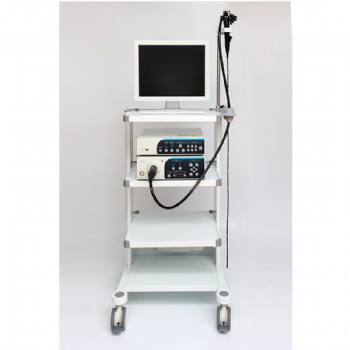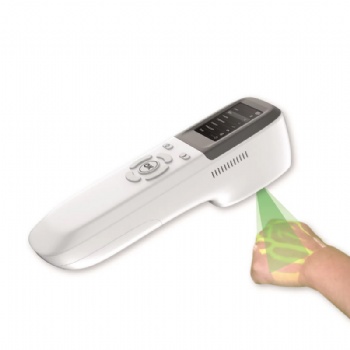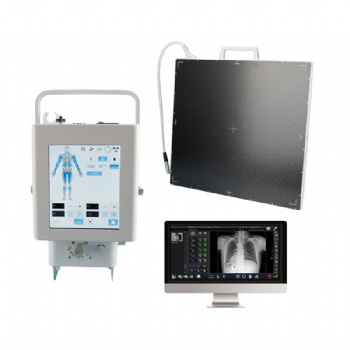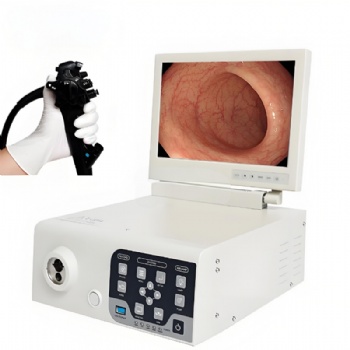News
Rigid Endoscope/Rigid Telescope Structure and Working Principle
Rigid endoscopes (Rigid Telescopes)are composed of an image system, an illumination system, and an accessory system. There are different types of accessory systems for rigid endoscopes depending on the operation method and examination site of each discipline, so the shape of rigid endoscopes is slightly different. However, the composition of the image system and illumination system of all rigid endoscopes is generally the same. The image system of a rigid endoscope mainly consists of an objective lens group, a trans-image column lens group, and an eyepiece group. The illumination system consists of light-guiding fibers .
There are many types of rigid endoscopes, and in order to meet the requirements for use in different surgeries or examinations, rigid endoscopes are slightly different in shape, length, angle, thickness and other aspects. However, the basic principle of imaging is the same. Rigid endoscopes are used to display images of lesions to the operator or in the visualization system through a complex optical imaging system and illumination system.
The principle is: the tissue to be observed through the objective lens into an image, according to the examination requirements of the objective lens group also need different angles of prisms to achieve the angle change, the objective lens imaging through the image of the inverted image into a positive image through the transfer of the image of the cylindrical lens, and transmitted to the eyepiece, and then by the eyepiece magnified to become an observable image. The illumination system realizes the principle of illumination by transmitting the light from the light source equipment to the front end of the endoscope through the optical fiber to illuminate the tissue to be observed.
Categories
Contact Us
- +86-18018467613
- +86-13357930108
- info@82tech.com




